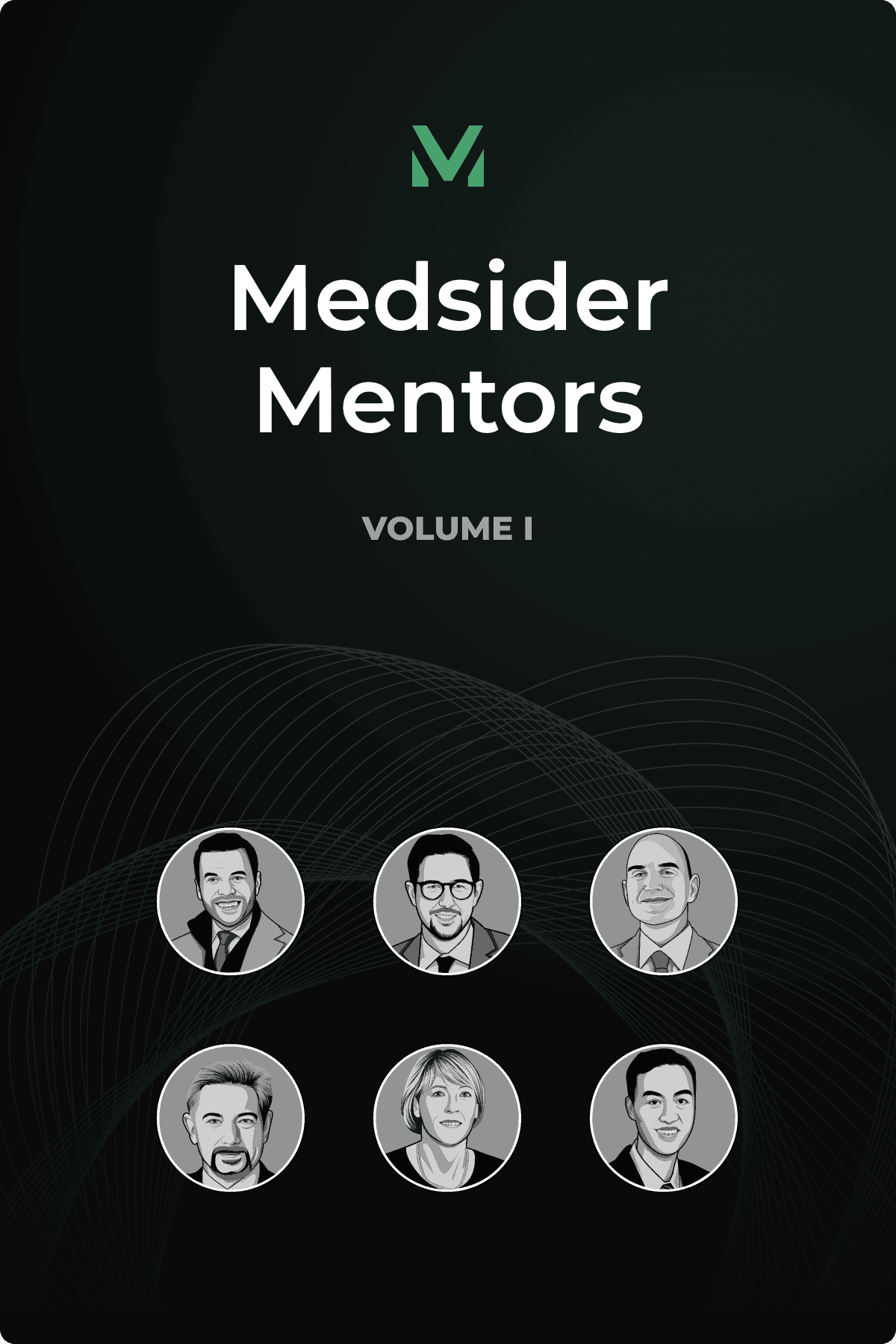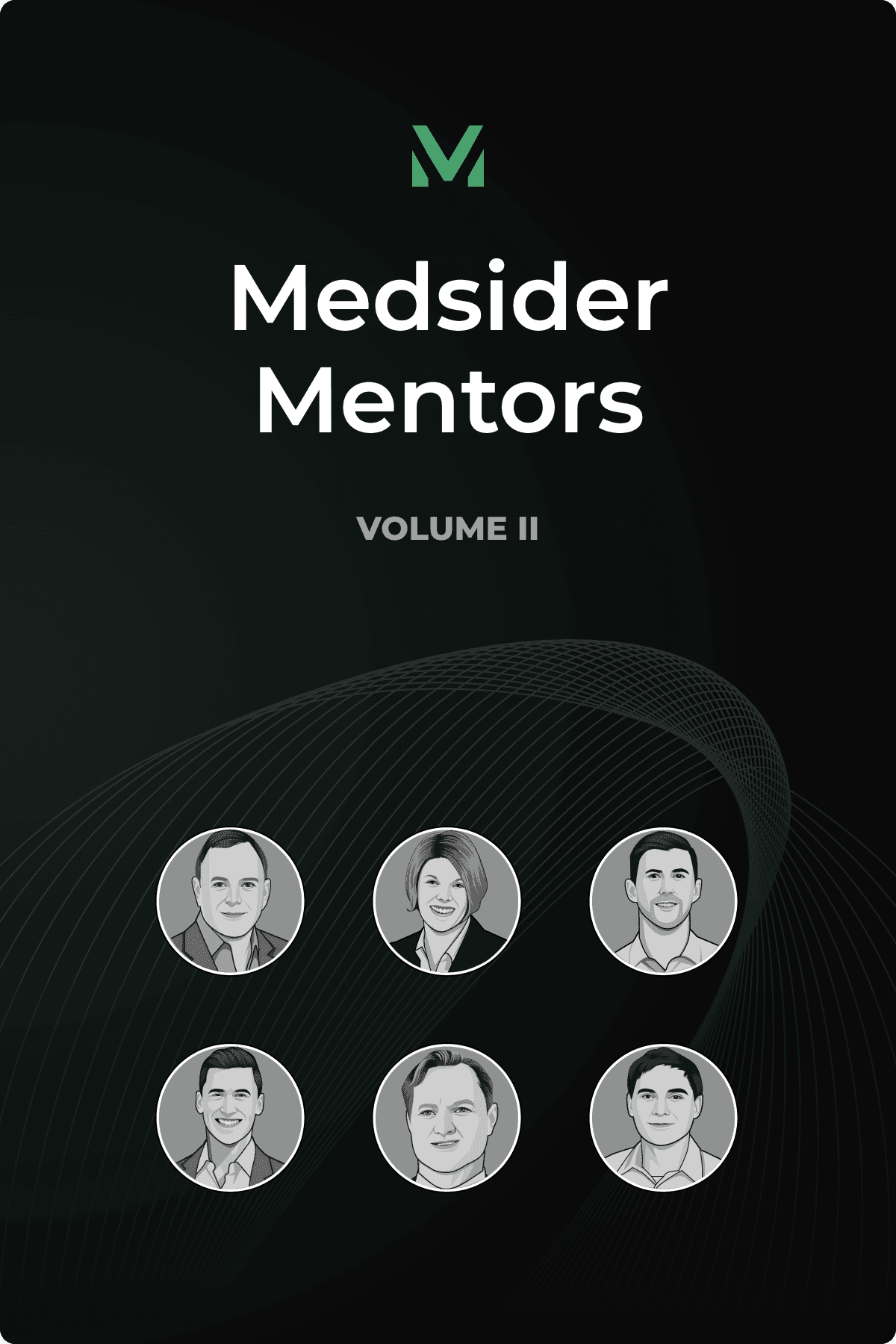Fixing Healthcare Bottlenecks from First Principles
Interview with Enspectra Health CEO Gabriel Sanchez

Key Learnings From Gabriel's Experience
If you’re an academic with a good idea, here’s a roadmap: Assess whether your idea addresses a real, pressing need, not just something people want. Adapt your technology to align with this pressing need. Dive into prior work, even failed attempts, for inspiration and insights. And finally, be prepared to go all in. Entrepreneurship is not a part-time job.
Start by identifying the biggest challenges in your field and target areas where your technology can create meaningful change. Take a step back and look upstream in the process to spot inefficiencies that contribute to downstream bottlenecks in healthcare. Instead of simply patching issues, think about how you can prevent the problem by addressing inefficiencies earlier in the workflow.
Academics naturally speak the same language as FDA. If you don’t qualify, bring in specialists who can address complex questions to make sure they understand you’re on the same page with patient safety and the claims you’re aiming to make. Use FDA’s Q-submission process to accelerate your regulatory progress.
While grants preserve equity, they can be time-consuming to secure. Pairing them with venture funding keeps operations moving while leveraging non-dilutive funding to amplify your progress. Pitch to investors by emphasizing how grants extend their capital, and present grant agencies with the momentum and validation provided by investor interest. This dual-funding approach not only reduces dilution and increases runway but also enhances your project’s scope and scalability potential.
Gabriel Sanchez, co-founder and CEO of Enspectra Health, earned his bachelor’s degree from MIT and his master’s and PhD in mechanical engineering from Stanford. With his graduate studies on neurodegenerative diseases, Gabriel’s plan was to become a professor. He served as an instructor in Stanford’s bioengineering department as he was completing his PhD. Soon after, however, he realized his research had the potential to solve long-standing challenges in imaging.
Gabriel seized the opportunity, took the plunge and left academia, and launched Enspectra. That was about 10 years ago. Fast forward to today, he has licensed several patents, raised funding, and transformed his research concept into an FDA-cleared product for assessing skin.
Traditionally, evaluating a suspicious skin spot involves a dermatologist performing a biopsy. The tissue is sent to a lab—often via FedEx—where it’s sliced, stained, and mounted on slides. Results can take anywhere from a few days to weeks. Gabriel points out that of the 16 million biopsies performed annually in the U.S., around 50% are benign. “That’s millions of unnecessary scars in places people really don’t want them, not to mention the stress and waiting involved,” he says.
Enspectra’s solution, the VIO platform, is an imaging device that looks beneath the skin's surface at a cellular level to examine structure and molecular composition. The device captures high-resolution images that are digitized and reviewed by trained clinicians, such as dermatologists. The team calls this process a “virtual biopsy.” Unlike traditional histopathology, it’s non-invasive, works in real-time, and provides digital results directly at the point of care.
Enspectra’s VIO is the first new imaging modality cleared by FDA in over 25 years. “Imaging tools are really old,” Gabriel notes. “Microscopes for histopathology date back to the 1800s, X-rays over 100 years ago, ultrasound 70 years, and MRI and CT 60 years. Most of these were grandfathered in before the FDA even existed.”
Looking ahead, Gabriel envisions AI tools further streamlining computer-aided detection and diagnosis applications. In fact, this vision was a key factor in Enspectra’s recent FDA breakthrough designation. “Our goal is to digitize the entire process,” he explains. “Dermatology is overwhelmed—there are more annual dermatologist visits than diabetes patients in the U.S., with about 44 million office visits. It’s like if the only way to get your mail was to visit the post office—the traffic would be chaos.”
Since raising a Series A in 2019, the Enspectra team has focused on building the clinical version of VIO. Now, they’re preparing for commercialization. The immediate priority is raising funds to support an initial launch with key opinion leaders. This phase will help refine clinical workflow integration into dermatology practices. The ultimate goal is for VIO to advance patient care by becoming part of the standard of care for both clinical and aesthetic dermatology.
You May Like These Articles
Medsider Premium
Become a premium member and unlock access to exclusive Medsider benefits.



